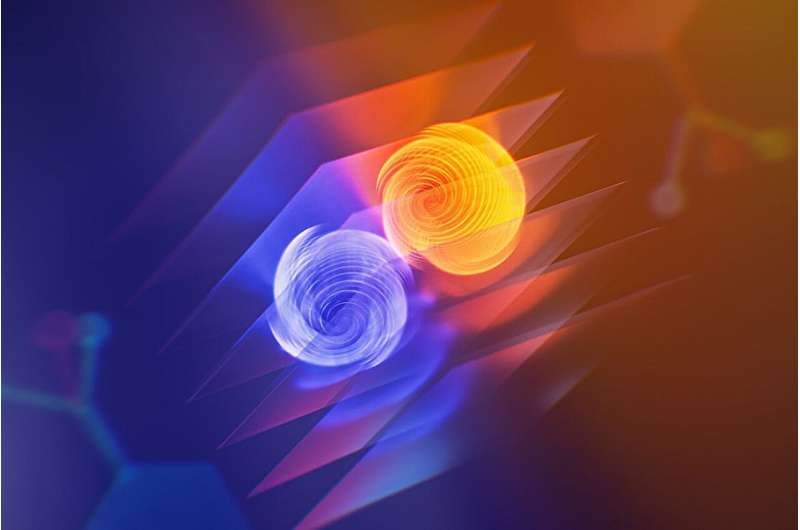Researchers at the California Nano Systems Institute at UCLA have designed a unique material based on a conventional superconductor that exhibits properties with potential applications in quantum computing. This breakthrough could pave the way for more efficient and stable qubits, as well as advancements in conventional electronics and communication technologies.

Defying Conventional Limits
In other words, the material the team has developed can hold on to its superconducting abilities in magnetic field strengths much higher than would break even theoretical limit of a typical one. This is an important discovery since ordinary superconductors typically collapse at strong magnetic fields.
Resistance to current was measured in one direction, and then the other from both sides of the material. They discovered that the material could carry a lot of more current in one direction than another — what’s known as the superconducting diode effect. This is different than traditional superconductors which would become not-resistive at this current but in either direction.
Unlocking the Promise in Chiral Superconductors
That is, quantum computers use the bizarre rules that govern interactions among subatomic particles. The most difficult part of taking quantum computing to the next level is just how easily these qubits can be disturbed.
One potential approach, researchers believe, involves a novel class of superconductor known as a chiral superconductor that can potentially increase the ability of a qubit to remain calibrated even as it undergoes various operations within a program. What makes chiral superconductors special is that the electrons — even within Cooper pairs — can have their spins aligned in a common direction, which could provide unprecedented control over electronic motion and represent exciting potential to manipulate current flow or perform computation.
Yet chiral superconductors are few and far between—only a handful of compounds fit the bill. Now, the researchers in this study have discovered a way to make a regular superconductor mimic the conditions of those chiral “unconventional” superconductors — creating a hybrid material that could bring us closer to harnessing the power of chiral superconductors in technologies like quantum computing and more.
Conclusion
This development of a chiral superconductor-like phase in an otherwise conventional superconductor has the potential to revolutionize the field of quantum computing. The discovery offers a potential solution to the problem of creating more efficient and stable qubits by making a material that can hold superconductivity under stronger magnetic fields, and handle higher current in one direction. Such embedding as been postulated to lend itself to unbreakable cybersecurity, superpowered artificial intelligence and high-fidelity simulations. Further, the superconducting diode effect of chiral superconductors has desirable properties for applications in small scale electronics and communications, or even deep space computing due to their smaller effective area.
